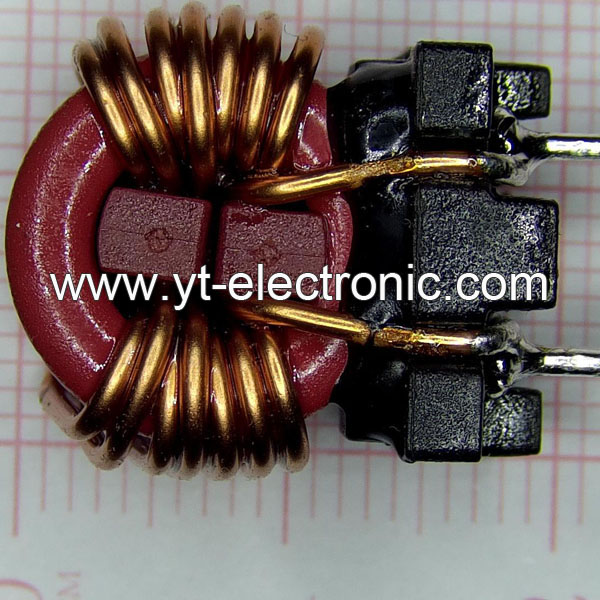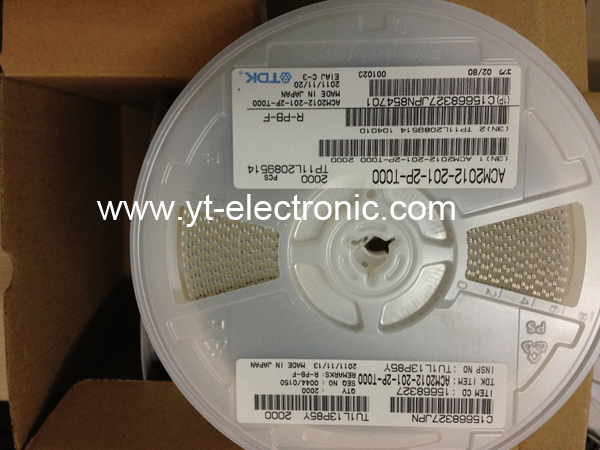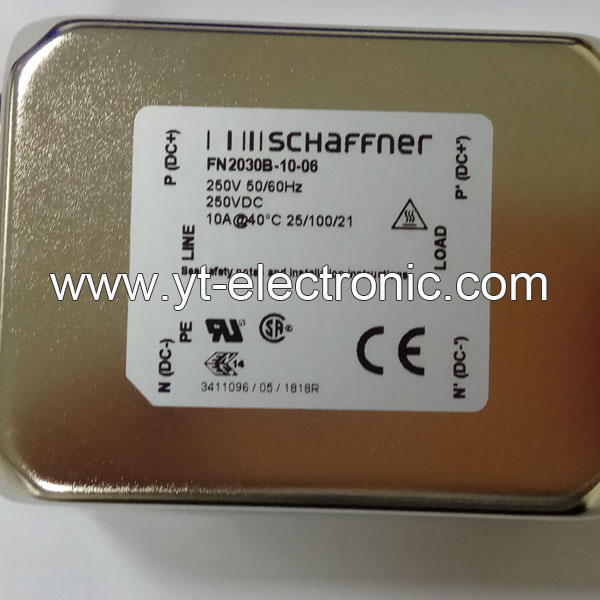Filters
Filters can effectively optimize signal integrity and improve the anti-interference ability and performance of electronic systems.
1. Filters Overview
A filter is an electronic circuit or device used for signal processing. Its core function is to improve signal quality by selectively allowing specific frequency components to pass through while suppressing or attenuating other frequency components. Its application scenarios include communication systems, power management, audio processing, and RF front-end.
2. What are the Types of Filters?
1) Classification by frequency characteristics
Low-pass filter (LPF): allows signals below the cutoff frequency to pass through, suppresses high-frequency noise, and is often used for power supply ripple smoothing.
High-pass filter (HPF): allows signals above the cutoff frequency to pass through, and removes low-frequency interference (such as DC offset).
Band-pass filter (BPF): only allows signals in a specific frequency band to pass through, and is used for signal frequency division in communication systems.
Band-stop filter (BSF): suppresses signals in a specific frequency band (such as ground reflection interference in radar systems).
2) Classification by implementation method
Passive filter: composed of passive components such as resistors, capacitors, and inductors, with low cost, but performance limited by component parameters.
Active filter: combined with active components such as operational amplifiers, with high gain and strong stability.
Digital filter: processes discrete signals through algorithms (such as FIR and IIR filters) with high flexibility.
3) Special Types
RF filter: used in wireless communication equipment (such as mobile phones and base stations) to solve the problem of interference between frequency bands. Typical types include surface acoustic wave filters (SAW) and bulk acoustic wave filters (BAW).
4. What are the Key Performance Parameters of Filters?
Center frequency: the reference frequency of the filter passband (such as the midpoint frequency of the bandpass filter).
Bandwidth: the frequency range allowed to pass.
Q value (quality factor): the core indicator for measuring frequency selectivity. The higher the Q value, the stronger the frequency selectivity of the filter.
Insertion loss: the power loss when the signal passes through the filter, which needs to be reduced as much as possible.
5. Where are Filters Used for?
1) Communication system
Transmitter: located behind the power amplifier (PA) to filter out harmonic interference.
Receiver: located in front of the low noise amplifier (LNA) to suppress out-of-band noise.
2) Power management
Filter out ripple and noise in the power supply voltage and provide stable DC output.
3) Biomedicine and image processing
A high-pass filter enhances image edge details, and a band-stop filter removes interference in specific frequency bands.
6. How to Choose Filters?
Application scenario requirements: Base station filters require high power capacity and stability, and mobile phone filters require miniaturization and low cost.
Environmental interference type: Select low-pass, high-pass, or band-stop type according to the noise frequency band.
Integration process: SMT (surface mount technology) is suitable for miniaturized RF filter design.
7. Typical Brands for Filters
SCHURTER
MOLEX
TDK
Murata
Xilinx
TI
8. Filters FAQs
1) How do filters work?
Filters achieve their functions through a frequency selection mechanism: they allow signals to pass with minimal attenuation in the passband, while greatly attenuating interference signals in the stopband. For example, a low-pass filter allows low-frequency signals to pass while suppressing high-frequency noise.
2) What is the core difference between digital filters and analog filters?
Analog filters: They are composed of passive components such as resistors, capacitors, and inductors, and process continuous-time signals. They have a simple structure but low adjustment flexibility.
Digital filters: They process discrete signals based on algorithms, have strong programmability, and are suitable for high-precision scenarios (such as IIR/FIR filters in communication systems).
3) What should be noted when installing filters?
Wiring requirements: Reserve a "clean ground" at the cable port to avoid direct coupling between the signal ground and the filter ground.
Electromagnetic shielding: The filter and the chassis must be reliably overlapped, and metal plates or sealing gaskets must be used to reduce RF impedance when necessary.
Installation location: Keep as close to the interference source or sensitive equipment as possible to shorten the length of the wire after filtering.
4) What are the special requirements for RF filters?
High-frequency performance: Need to support GHz frequency bands, such as SAW/BAW filters commonly used in 5G communications.
Manufacturing process: Use surface acoustic wave (SAW) or bulk acoustic wave (BAW) technology to improve quality factor and temperature stability.
5) What are the common causes of filter failure?
Environmental factors: High temperature causes capacitor capacitance drift, and high humidity causes leakage current or component corrosion.
Overload damage: Exceeding the rated voltage/current causes inductor saturation or capacitor breakdown.
Design defects: Failure to match system impedance causes signal reflection or abnormal insertion loss.










